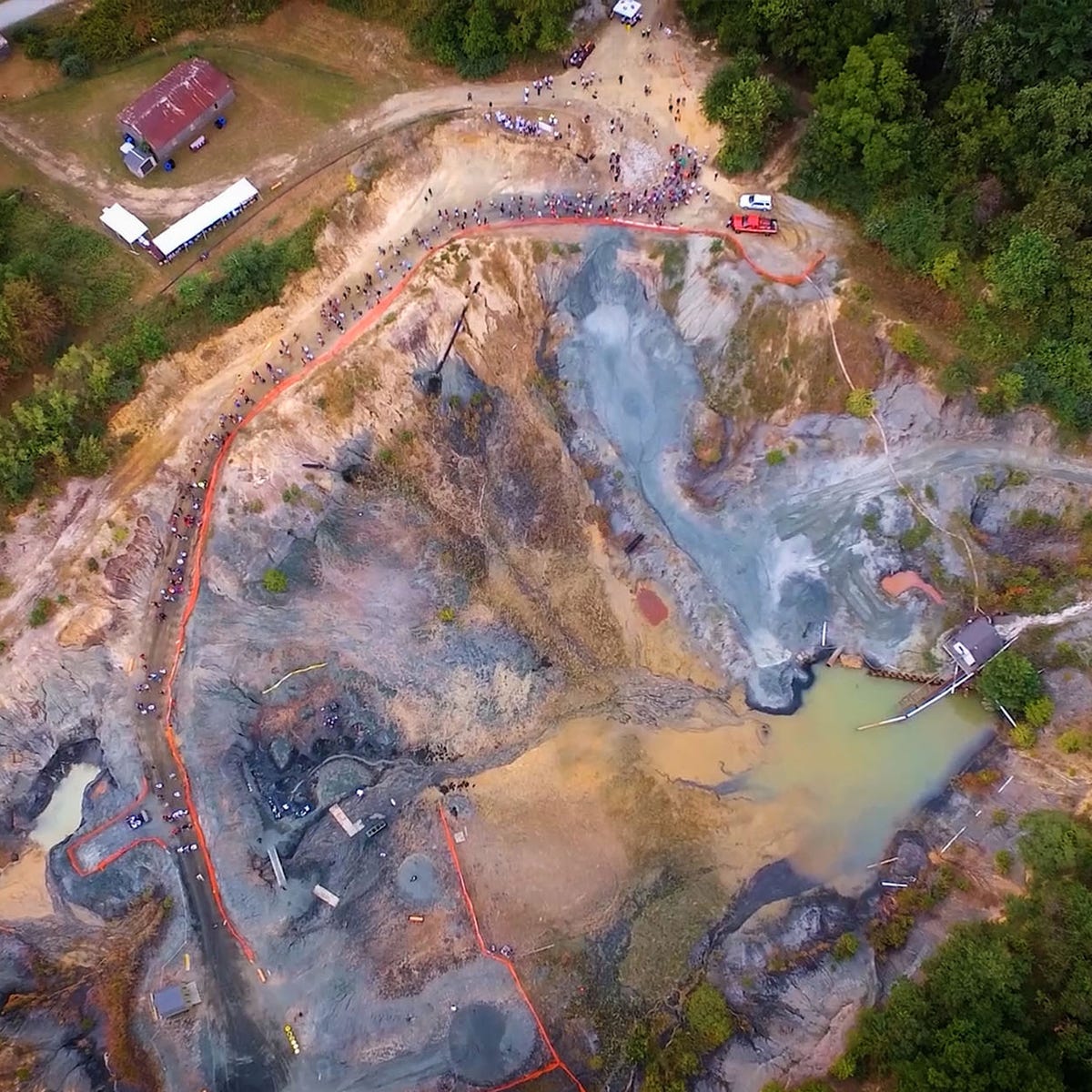By Richard Rennie
Copyright farmersweekly

Reading Time: 5 minutes
A state-of-the-art national plant biosecurity centre planned by the Ministry for Primary Industries for Auckland has been slammed by industry players and labelled a white elephant, as its foundation concrete is poured.
Estimated to cost between $500 million and a billion dollars, the Mount Albert based Plant Health and Environment Capability (PHEC) facility is hailed by Crown Infrastructure Delivery as a piece of critical investment in New Zealand’s biosecurity and horticulture future.
The multimillion-dollar project had a relatively low profile amid a rash of project announcements made by Infrastructure Minister Chris Bishop in late July.
But claims about whether the centre is fit for purpose are swirling just as it passes a cabinet business case test. The centre is scheduled for completion by 2029.
The claims come as the horticultural sector also raises concerns over government-imposed costs and delays it says limit the sector’s ability to meet the goal of doubling export values within 10 years.
Chris Claridge, plant geneticist and ex-CEO of Potatoes NZ, told Farmers Weekly that NZ has effectively shut the gate on new plant material imports, such are the challenges of bringing material in.
He said the PHEC will do little to change that, instead imposing a significant capital and operating cost burden on the industry, and NZ.
But Biosecurity NZ deputy director-general Stuart Anderson said the agency is committed to delivering a world-class facility to strengthen New Zealand’s biosecurity system, covering needs for the next 50 years.
“We are not simply planning for the next incursion or today’s growers,” he said.
“The new facility at Mt Albert is required because MPI’s existing Plant Health and Environment Laboratory (PHEL) and Post Entry Quarantine (PEQ) facilities are nearing the end of their useful life and constrain our ability to meet growing biosecurity demands and manage large, complex incursions.”
He also pointed out the post entry quarantine aspect of the facility for high value crop importation is likely to be only 10% of its overall build cost.
“The main function of the new facility is providing enhanced diagnostic testing for plant pests and diseases to support surveillance and response activities, and trade assurance.”
The bulk of the cost is incurred through structural and mechanical features like airtight containment and pressure areas, all used to support surveillance and response to disease outbreaks.
But Claridge said this does not necessarily mean a facility of this scale is required for quarantine here.
He pointed to the system Potatoes NZ uses as a more streamlined, low-cost and equally safe pathway to bring in new varieties into NZ for commercialisation.
“Potatoes NZ found the pathway to new germplasm throttled by MPI’s approach.
“To get around it we got an offshore germplasm facility to bring in safe tissue culture for our growers here.”
That facility is the United Kingdom Potato Quarantine Unit, based in Scotland.
“We spend between $30,000 and $50,000 every few years for accreditation. And that is compared to $500 million on an entire new facility here.
“We have had no problems running the offshore model with potatoes. It would be easy to replicate – you’d have to ask why has it not?”
Anderson agreed a Potatoes NZ-type offshore quarantine system could be replicated by other plant types, if biosecurity measures are met.
In response to industry concerns over the high quarantine costs, he said such centres are expensive to operate and MPI’s prices reflect the costs of providing the services. Even at $6500 per greenhouse per month, MPI is not fully recovering those costs.
Paul Paynter, GM of the Yummy apple brand, said an onshore facility may be better provided by private sector players, possibly through a public-private partnership arrangement.
Meantime he felt overriding issues around existing costs for quarantine and a doubling up in quarantine processes done offshore being repeated here meant a new centre would achieve little in improving sector innovation and productivity.
“There is this dead weight of conservatism and risk aversion, in part coming from the Psa outbreak, and we are going to be beaten to the post by the competition,” Paynter said.
Agency staunch on new centre’s role
Biosecurity NZ deputy director-general Stuart Anderson says the agency is committed to delivering a world-class facility to strengthen New Zealand’s biosecurity system, covering its needs for the next 50 years.
“We are not simply planning for the next incursion or today’s growers,” he said.
“The new facility at Mount Albert is required because MPI’s existing Plant Health and Environment Laboratory (PHEL) and Post Entry Quarantine (PEQ) facilities are nearing the end of their useful life and constrain our ability to meet growing biosecurity demands and manage large, complex incursions.”
He is confident that test demand for post entry and plant health services will continue to grow with the growing threat of significant pests and diseases in this region.
He said the centre will be able to deal with two major outbreaks simultaneously.
The post-entry quarantine aspect of the facility for high value crop importation is likely to be only 10% of its overall build cost.
The bulk of the cost is incurred through structural and mechanical features like airtight containment and pressure areas, all used to support surveillance and response to disease outbreaks.
In response to importers’ claims they were not heard at workshops held around NZ, Anderson said they had had about 60 attendees to discuss reform of a plant import system he acknowledged was overly complex and inefficient.
He said to ensure a redesigned import system that works for all users, a wide range of opinions were sought.
He confirmed MPI engaged broadly through one-on-one discussions, including those using the proposed new facility for material imports.
No commercially sensitive information was required to be divulged.
“While we believe the workshops were structured to avoid such concerns, we have always encouraged and continue to encourage stakeholders to engage directly if they prefer to share their views in private.”
He agreed a Potatoes NZ-type offshore quarantine system could be replicated by other plant types, if biosecurity measures are met.
In response to industry concerns over the high quarantine costs, he said such centres are expensive to operate and MPI’s prices reflect the costs of providing the services. Even at $6500 per plant batch per month, MPI is not fully recovering those costs.
Minister for Biosecurity Andrew Hoggard said he appreciates importers’ concerns about the centre, but pointed to their use of it being only a fraction of the facility’s total campus.
“The current facilities are simply no longer fit for purpose.
“This facility will be much like the Wallaceville facility is for animal diseases and quarantine. The standard of engineering required to prevent disease escape is significant in such designs, and expensive.”
He said scientists are currently working in the equivalent of 1960s polytech-like buildings and they need new facilities.
He acknowledged importers’ concerns at quarantine costs but said Crown subsidies still only covered 50% of them.
Work is also underway to examine overseas quarantine arrangements and ways to further reduce quarantine costs.
“It is a system that does have major problems, and we are trying to fix them.”



